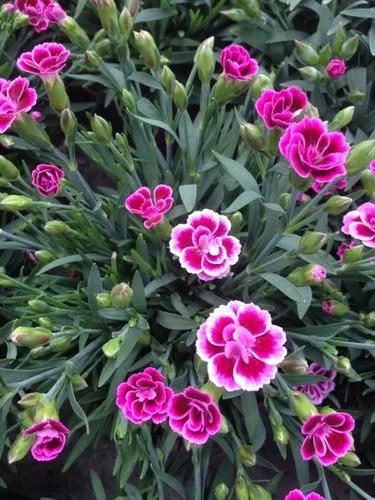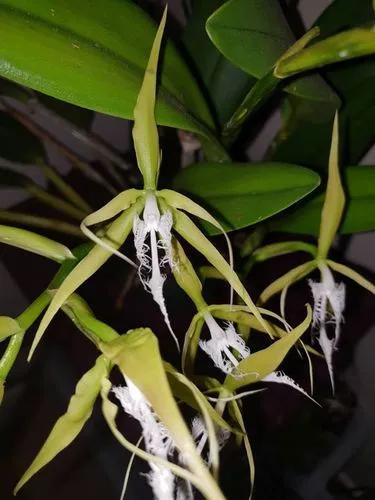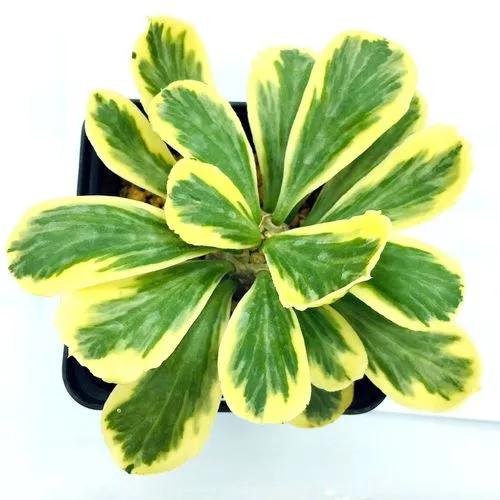Arctostaphylos regismontana is a species of manzanita known by the common name Kings Mountain manzanita. It is endemic to California, where it is known from the northern slopes of the Santa Cruz Mountains in the southern San Francisco Bay Area. It can be found in chaparral and broadleaf and coniferous forest on granite and sandstone soils.
Arctostaphylos Regismontana Care
Arctostaphylos Regismontana
Other names: Heart Leaf Manzanita, Heart-leaf Manzanita,



How to Care for the Plant

Water

In regards to walking iris care, the plant itself requires little in the way of maintenance with exception of providing plenty of moisture. You should water your walking iris regularly during its active growth. Water as needed to keep the soil slightly moist but never soggy. Allow the plant to go dormant in winter and limit its watering to once monthly.

Fertilizer

You can feed the plant every two weeks with a water soluble fertilizer in the summer, or use a granular slow release fertilizer annually in early spring as part of your walking iris care. Adding an ample amount of mulch will help with retaining moisture in the soil and insulating plant roots. This will also help with winter protection in suitable areas.

Sunlight

Best grown in full sun to part shade.

Soil

Perform well in most types of soil.

Temperature

Tender plant – may be damaged or killed by low temperature.

Container

For smaller pepper varieties, like habanero or ghost peppers, your pots should be at least 3 gallons. For larger varieties like bell peppers and poblanos, aim for a pot with 5 gallons or more. Some pepper varieties can make use of 10 or even 15 gallons of soil medium.

Popularity

19 people already have this plant 2 people have added this plant to their wishlists
Discover more plants with the list below
Popular articles






